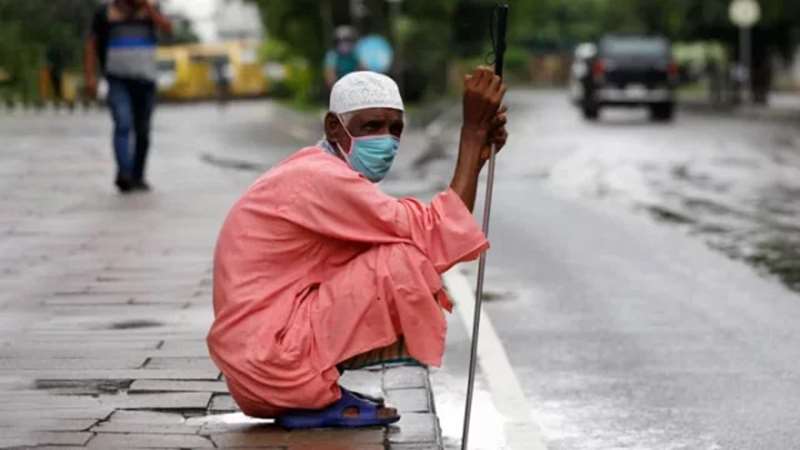Floods Displace Over 30,000 in Somalia

Floods in Somalia and Humanitarian Response
Recent floods in Somalia have led to the displacement of over 30,000 people, exacerbating an already dire humanitarian situation in the country. This report highlights the urgent need for additional funding to address the immediate needs of the affected population, particularly those who had previously been displaced by drought. It also underscores the broader context of climate change impacts in Somalia and the ongoing efforts of humanitarian organizations like CARE in providing assistance on the ground.
Situation Overview
Displacement: More than 30,000 people have been displaced by the recent floods in Somalia. These individuals, already vulnerable due to previous displacement caused by drought, are now facing further hardships as they struggle to cope with the aftermath of the floods.
Humanitarian Response: The Humanitarian Response Plan for Somalia is only 20% funded, leaving a significant gap in resources needed to adequately support those affected by the floods. Urgent action is required to mobilize additional funds to meet the immediate needs of the displaced population.
CARE's Response: CARE, in collaboration with national partners, is actively working on the ground to provide assistance to the affected population. Their efforts include providing essential supplies, such as food, water, shelter, and medical care, to those in need.
Climate Change Impacts
Extreme Weather Events: Somalia is experiencing the dual impacts of climate change, facing both droughts and floods. Last year, the country was on the brink of famine due to five consecutive failed rain seasons, highlighting the severity of drought conditions. This year, communities are grappling with the devastating effects of floods, leading to the loss of livelihoods and lives.
Vulnerability of Communities: Climate change exacerbates the vulnerability of communities in Somalia, particularly those dependent on agriculture and livestock for their livelihoods. Erratic weather patterns, including prolonged droughts and sudden floods, disrupt food production, water availability, and overall resilience of communities.
Urgent Need for Additional Funds
Funding Gap: The current funding shortfall for the Humanitarian Response Plan in Somalia poses a significant challenge in addressing the needs of the affected population. Additional funds are urgently required to scale up humanitarian assistance and provide lifesaving support to those impacted by the floods.
Importance of Timely Response: Timely and adequate funding is critical to ensure a swift and effective response to humanitarian crises such as the floods in Somalia. Delayed action could result in further suffering and loss of lives among the affected population.
The recent floods in Somalia have further compounded the humanitarian crisis in the country, leaving thousands of people displaced and in urgent need of assistance. The funding gap for the Humanitarian Response Plan underscores the pressing need for international support to address the immediate needs of the affected population. As Somalia continues to grapple with the impacts of climate change, concerted efforts are required to build resilience, mitigate risks, and ensure the well-being of vulnerable communities.
Sources
Walter (Tatenda) Mawere
Advocacy and Communication Coordinator at CARE in Somalia










পাঠকের মন্তব্য